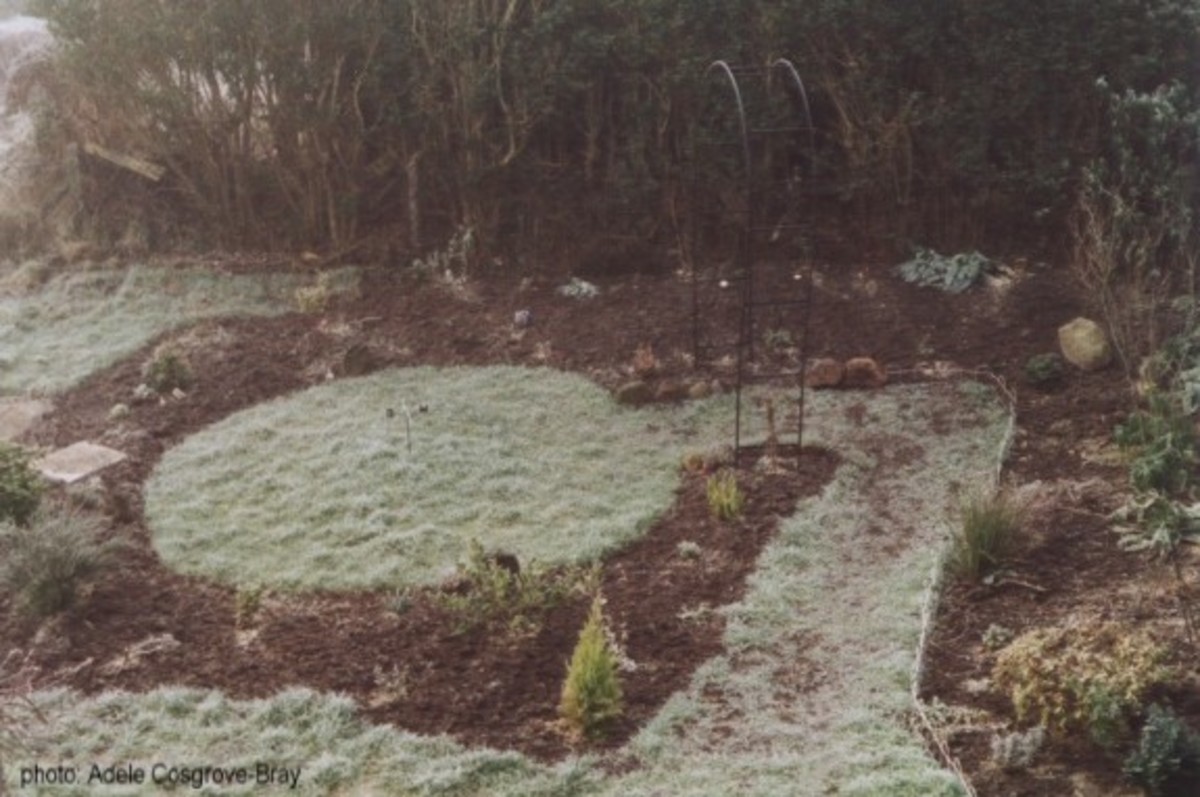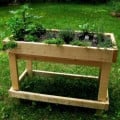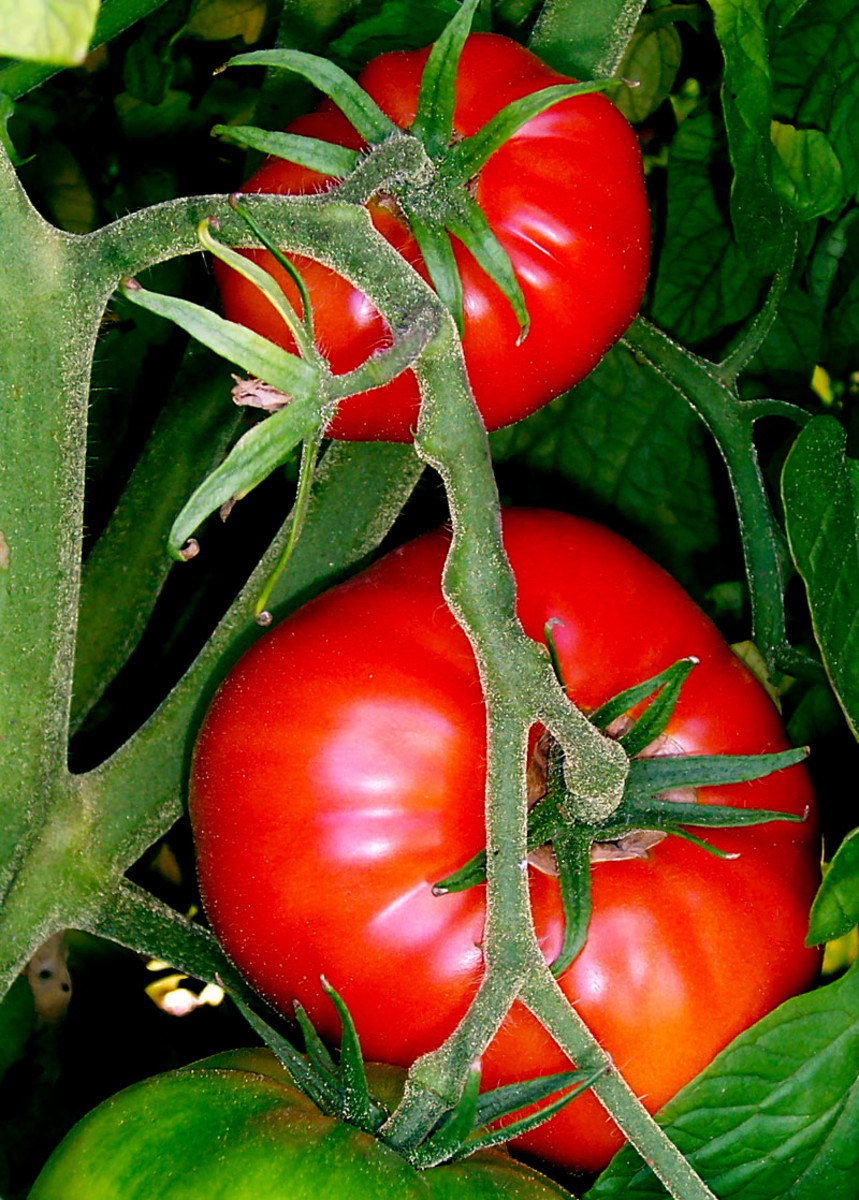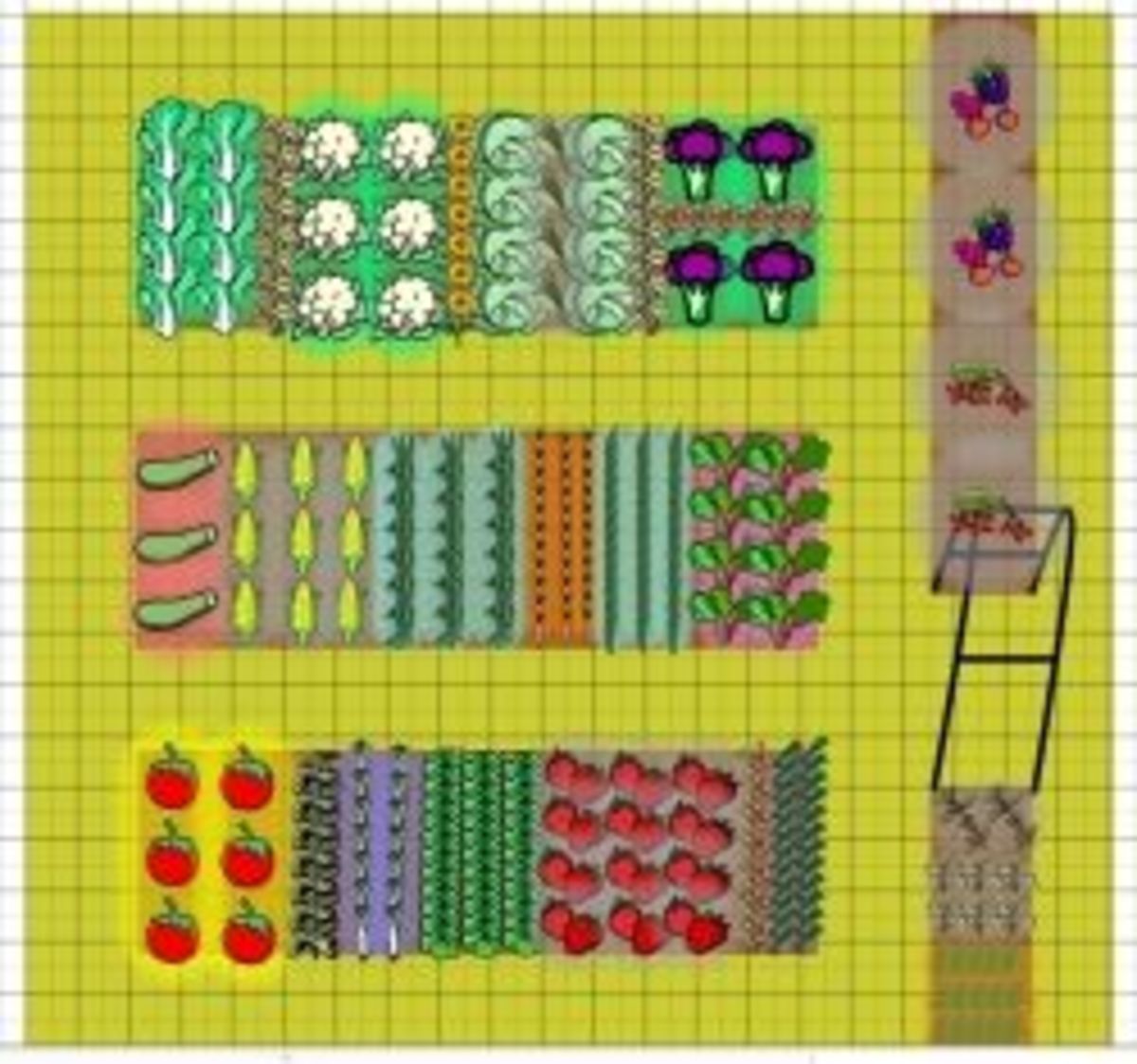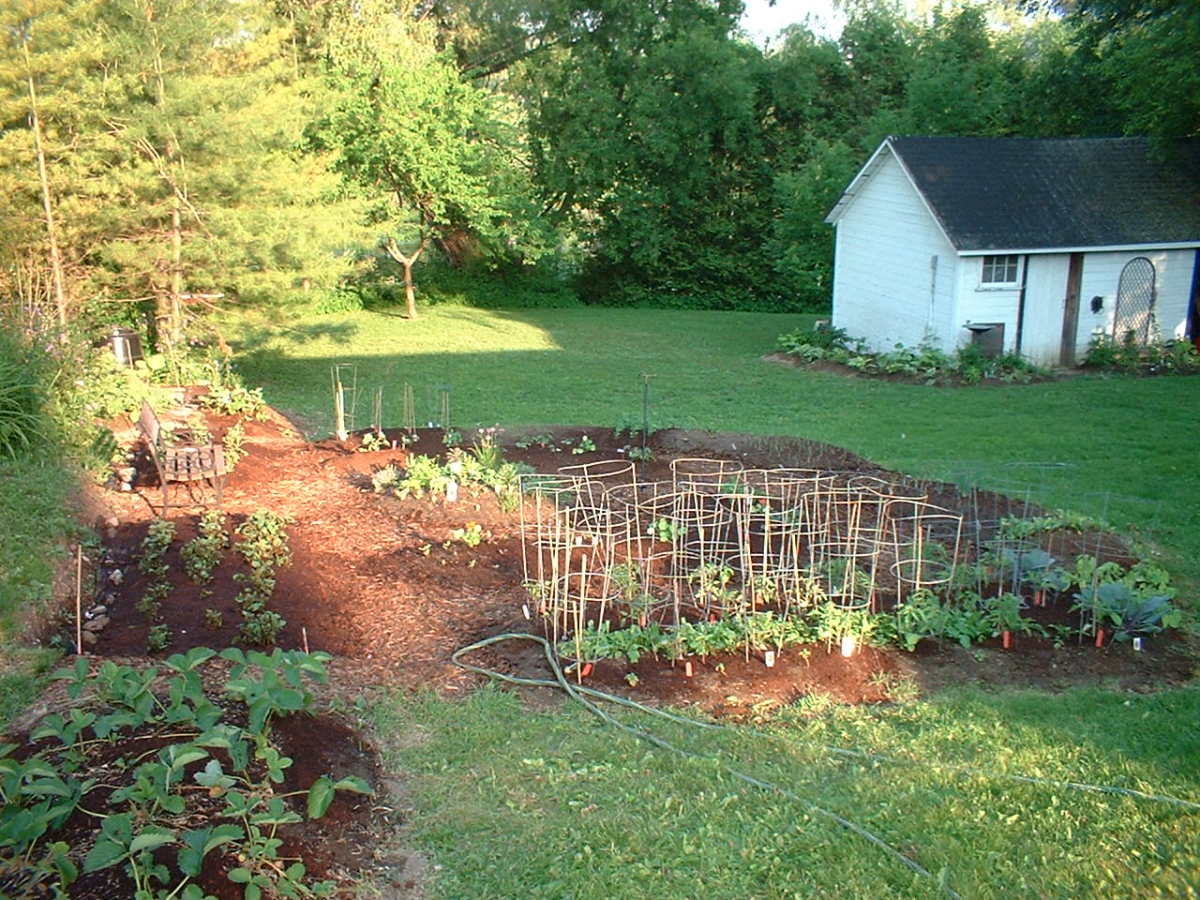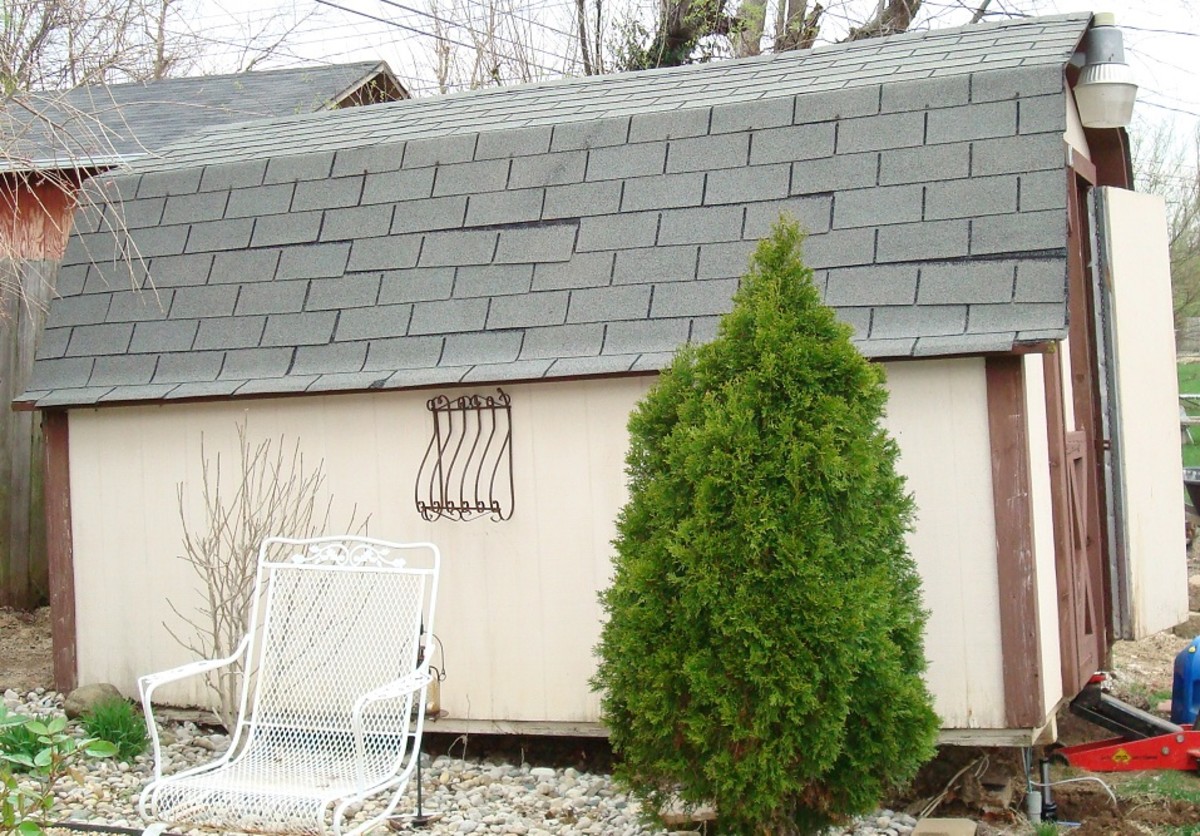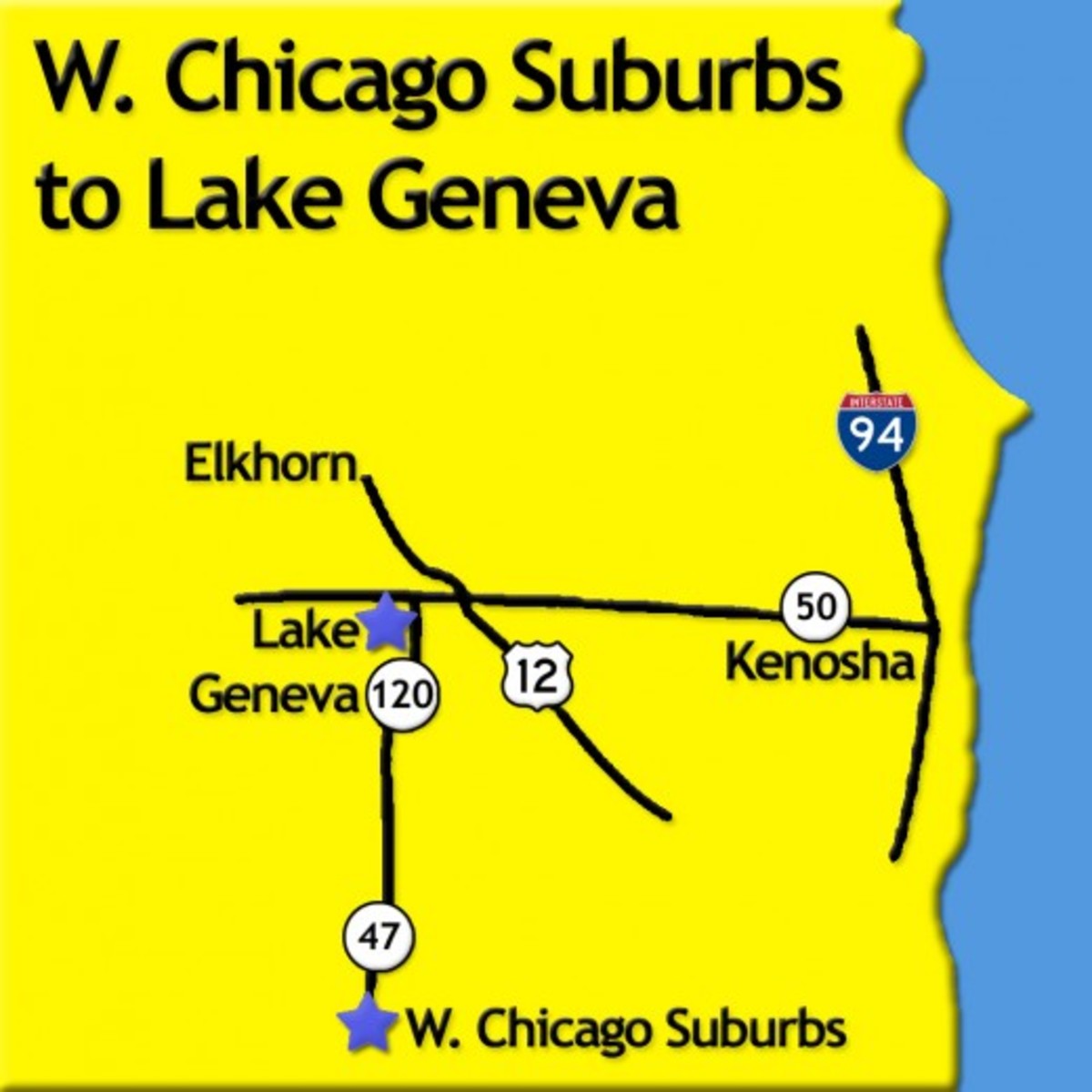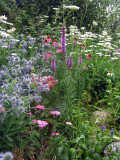Let's make gardens in limited spaces.
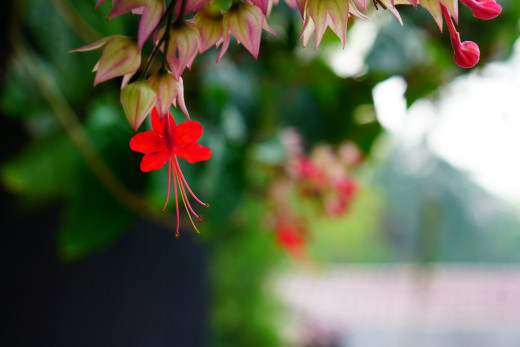
Home sweet home with a garden.
Many people have perception in common that a house is not a (n ideal) house without a garden. A house to me is not merely a building to live in, it should be a home which I always long for everyday after I do my routine, daily activities at work. It should be a place which soothes body and mind, a pacifier to our psychology after spending a lot of time at work place or at school the whole day, 5 days a week. With a garden, a house will be environment-friendly, gives benefits to its surrounding areas, productive in term of giving yields to be harvested, and aesthetically enjoyable. Those are some points why having gardens play important roles.
Don't let the space be a hindrance.
Yes, we need space to make a garden as every living thing needs space to live. Making a garden in limited space is challenging so don't let it be a hindrance. We can make our garden indoor, outdoor, in the front yards, back yards, rooftops, patio, porch. I myself have to make space to be available for my garden, I will have a project to make an empty bed room inside my house to be our indoor garden. So, once again, big or small space is something relative
The benefits of a limited-spaced garden.
Being in a limited space, a garden also gives us some benefits:
It can be made into an intensive vegetable garden.
It is easy to handle. We can weed, water and compost it as parts of garden maintenance more practically.
Due to its practical maintenance, the garden doesn't depend merely on nature to survive. As a result, it may supply us with harvests all year long regardless the season out there.
Some basic necessities for garden making.
What do we basically need to start gardening ?.
1. Location. The best location should get sufficient sun for couples of hours every day, close to water source, and be away from extreme conditions like flood, harsh weather, etc.
2. Use raised beds or containers, either of which can be applied in limited spaces and using containers is preferable if you live in an apartment. Raised beds and containers are good for maximizing the use of planting areas, preventing soil to be washed away, makes the garden more manageable.
Raised beds also give benefits for those who have problem back. Manageable garden will give you more comforts in doing day-to-day gardening activities .
3. Use good quality of soil containing at least 50% of compost.
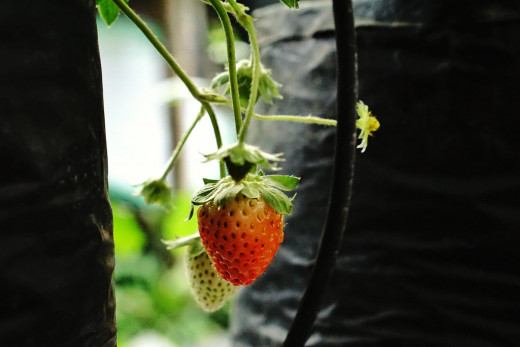
4. Keep the soil always moist. The moist soil is needed to boost germination as well as to maintain seedlings' growth.
5. Keep pests and parasitic organisms away. Those pests can be on ground and on plant surfaces as well as in the soil.
Some basic tools needed.
Some basic tools needed for gardening are widely sold in gardening stores. Those basic tools are shovel, hand pruner, hand trowel, leaf rake, utility bucket, watering can, work gloves, hose and its sprayer.
Hand trowel is a tool for digging small holes, transplanting seedlings, planting bulbs and other similar functions.
Shovel is for mixing dirt, compos, planting trees.
Hand pruner is for removing unwanted branches, dead leaves, etc.
Utility bucket is used for mixing soil with compost.
Leaf rake is for gathering leaves and spreading mulch on the surface.
Lets get started.
After you are ready with all basic necessities and tools, you can proceed to the next step.
Prepare the planting raised beds and containers.
There is no exact rule about the size of raised beds we want to build. One thing for sure that the bed center must be reachable by your hands easily in order to ease you to do the gardening from both sides. Considering this principle, the maximum raised bed should be maximum 10 ft long x 4 ft wide.
I myself started it with 39-inch-length x 39 inch-width x 10- inch-depth so that I needed around 15,210 cubic inches or 1.328 cubic yards of soil.
The most common bed materials are made of wood. Wooden beds are easy to make although they won't last as long as if you make them from other materials like concrete or rocks.
The wood used to make raised beds should be of pressure-treated wood and when it comes to treated wood, make sure that it is preserved using copper-based preservative which is considered safe instead of buying wood with arsenic-based preservation. Arsenic is extremely dangerous to our body as well as to environment.
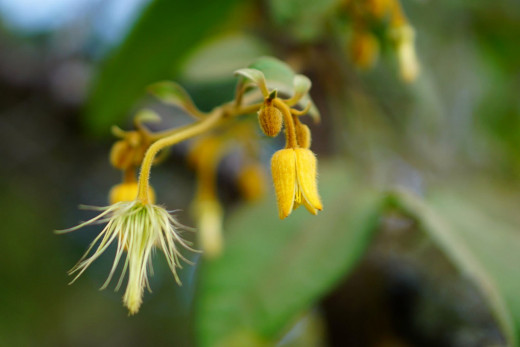
Prepare the planting soil :
Soil needed in gardening is not just soil we have in common understanding. We need nutrient-rich soil and we can either buy or prepare it ourselves. The planting soil should basically meet some conditions which contains :
60% topsoil, 30% compost, 10% additional mix consisting of peat moss and vermiculite or perlite (available at farming or gardening store).
Topsoil is originally found on ground surfaces, dark in color, and contains a lot or organic materials.
Compost is decomposed organic matters or green waste which is mainly constituted of leaves, barks, husks, etc by decomposing organisms in earth like worms, fungi, and bacteria.
Mixing components dominantly contains peat moss and due to its acidic nature, it needs to be combined with vermiculite or perlite to neutralize the acid. Peat moss gives benefit in retaining water so that the soil will be kept moist.
Mix those three components in their respective composition given above thoroughly to be your plants' growing media.
Determine what to grow.
Gardening in limited space is suitable the most for vegetable gardening considering that vegetables have fiber roots so that their growths suit the space.
Some considerations to select what vegetables to grow are like
What plants grow best in your area, what vegetables do you like to consume, and vegetables which are difficult to find or economically advantageous.
Here are some ideas among favorite plants to grow in small a garden:
Tomatoes
Lettuce
Beets
Carrots
Cucumber
Zucchini
Chili pepper
Cabbage
Bitter melon
Chayote
Cellery
Melon
Water melon, etc.
You certainly can add more plants to the list according to your preference to grow.
When to start.
The suitable time for starting to grow your plants can refer to guidance published by Department of Agriculture in your country. The guidance has been made into compilation of data about suitable times in a year and plants to grow accordingly known as Planting Calendar or in my country we call it Atlas of Planting Calendar.
If you live in the US, this link http://www.ufseeds.com/Vegetable-Planting-Schedules.html may be useful to find out the best time for you to start to grow your vegetables.
Do you have garden at home ?
One meter square for a mango tree.
Besides some herbs I've grown, I've got it's proven to be possible to grow a mango tree in a limited-spaced garden as well. I Have a small space in the front yard, just around 1m x 1m, and when my wife got an idea to grow a mango tree there couples of years ago, I thought it was a ridiculous idea. The reason I said that mango was a tree not a herb, and a tree needed a lot of space to grow. My rejection was wrong since the mango tree, which is around 8 m or +/- 26 feet high today, has grown healthily and regularly gives us prolific fruits to be harvested at least once a year.
Our front yard always serves a cozy shady place and the fruits, belong to the arum manis or sweet and fragrant type, are for us and the neighborhood to enjoy.
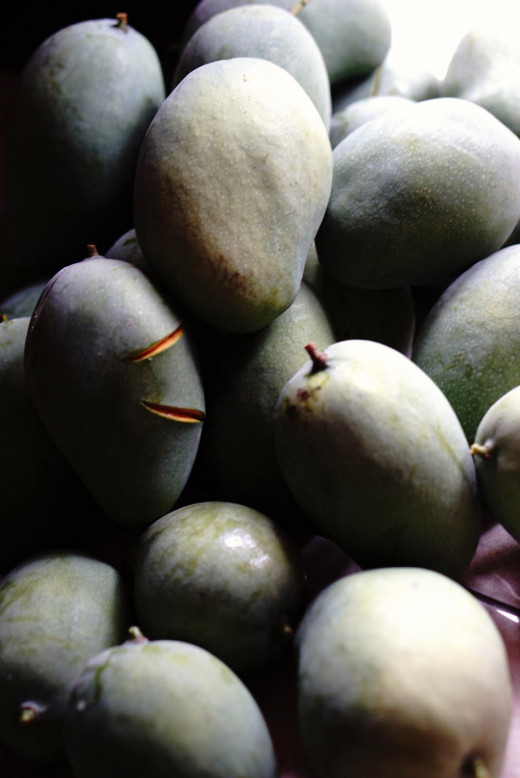
Some things to consider when we grow wooden tree like a mango tree that it needs free ground for its roots to support its canopy and absorbing nutrients from earth, thus growing it in a container won't allow the tree to grow optimally.
We also need to prune some branches regularly to decrease its heavy load and to control the direction where we want its branches to grow to.
So, nothing is impossible in creating a garden in limited space. Don't delay, why don't you try and get started it now !

